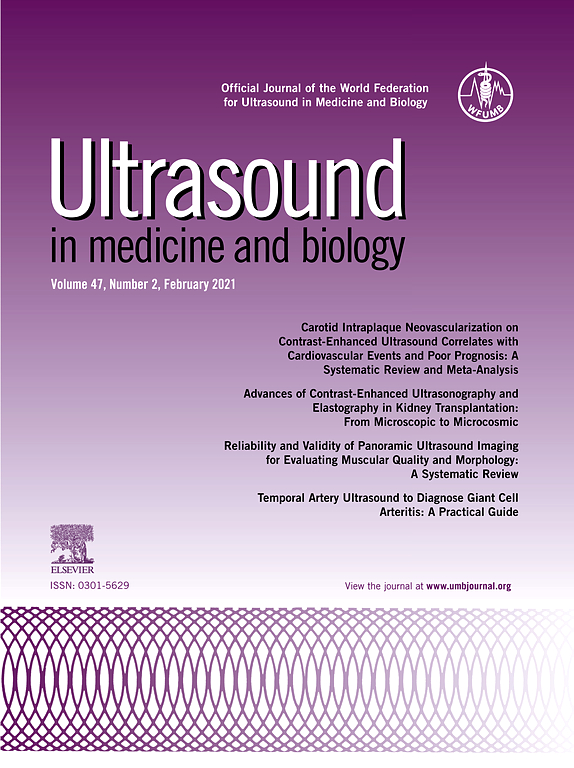Arthroscopic ultrasound imaging enables quantitative evaluation of articular cartilage. However, the potential of this technique for evaluation of subchondral bone has not been investigated in vivo. In this study, we address this issue in clinical arthroscopy of the human knee (n = 11) by determining quantitative ultrasound (9 MHz) reflection and backscattering parameters for cartilage and subchondral bone. Furthermore, in each knee, seven anatomical sites were graded using the International Cartilage Repair Society (ICRS) system based on (i) conventional arthroscopy and (ii) ultrasound images acquired in arthroscopy with a miniature transducer. Ultrasound enabled visualization of articular cartilage and subchondral bone. ICRS grades based on ultrasound images were higher (p < 0.05) than those based on conventional arthroscopy. The higher ultrasound-based ICRS grades were expected as ultrasound reveals additional information on, for example, the relative depth of the lesion. In line with previous literature, ultrasound reflection and scattering in cartilage varied significantly (p < 0.05) along the ICRS scale. However, no significant correlation between ultrasound parameters and structure or density of subchondral bone could be demonstrated. To conclude, arthroscopic ultrasound imaging had a significant effect on clinical grading of cartilage, and it was found to provide quantitative information on cartilage. The lack of correlation between the ultrasound parameters and bone properties may be related to lesser bone change or excessive attenuation in overlying cartilage and insufficient power of the applied miniature transducer.
Ultrasound Arthroscopy of Human Knee Cartilage and Subchondral Bone in Vivo
